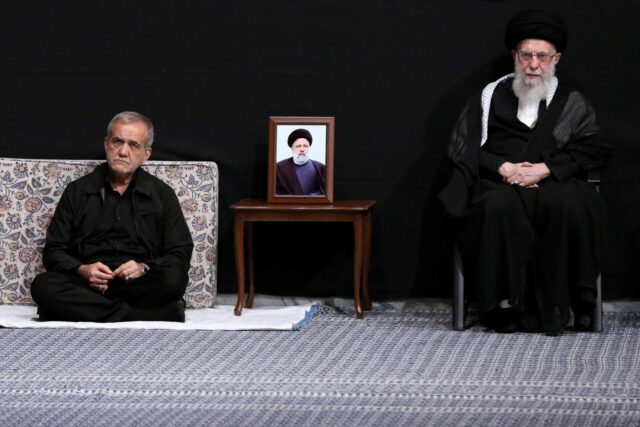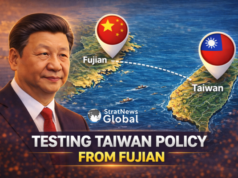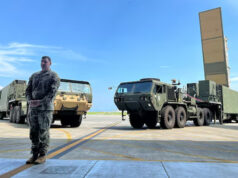In a surprising turn of events, Iran’s supreme leader Ayatollah Ali Khamenei carefully orchestrated the recent presidential election, paving the way for moderate candidate Massoud Pezeshkian to rise to power. This strategic move came after intelligence officials warned of an impending low voter turnout due to economic hardships and social crackdowns.
Khamenei held secret meetings
Khamenei, concerned about the regime’s credibility, held secret meetings with trusted advisers to steer the election. Their goal? To ensure the Islamic Republic’s survival amid domestic dissent and international tensions.
The unexpected death of hardline President Ebrahim Raisi in May triggered this snap election. Khamenei saw an opportunity to unite different factions and bridge the gap between the clerical establishment and the people.
Pezeshkian’s appeal to young voters made him the ideal choice
Pezeshkian, a 69-year-old heart surgeon and ethnic Azeri, emerged as Khamenei’s chosen candidate. His moderate stance and appeal to urban middle-class and young voters made him an ideal choice to defuse tensions following recent protests.
To maintain the appearance of a fair election, two prominent hardliners were also approved to run. This move effectively split the hardliner vote, clearing the path for Pezeshkian’s victory.
Despite initial low turnout, Pezeshkian won the first round and secured victory in the runoff with 54% of the votes. Voter participation increased to almost 50% in the second round, as many Iranians rallied behind the moderate candidate.
Pezeshkian is moderate but will not take on clerics
While Pezeshkian has pledged to pursue a pragmatic foreign policy and ease social restrictions, skepticism remains about his ability to fulfill all campaign promises. He has publicly stated his intention to avoid confronting powerful clerics and security hawks.
Ultimately, Khamenei’s plan achieved its desired outcome: a president who can appeal to different layers of society without challenging the ruling theocracy. This strategic move allows top leaders to focus on planning the succession of the 85-year-old supreme leader in a calm atmosphere.
As Iran navigates domestic challenges and international pressures, all eyes will be on Pezeshkian to see if he can deliver on his promises of change while maintaining the stability of the Islamic Republic.
With inputs from Reuters
Traveller, bibliophile and wordsmith with a yen for international relations. A journalist and budding author of short fiction, life is a daily struggle to uncover the latest breaking story while attempting to be Hemingway in the self-same time. Focussed especially on Europe and West Asia, discussing Brexit, the Iran crisis and all matters related is a passion that endures to this day. Believes firmly that life without the written word is a life best not lived. That’s me, Ashwin Ahmad.





